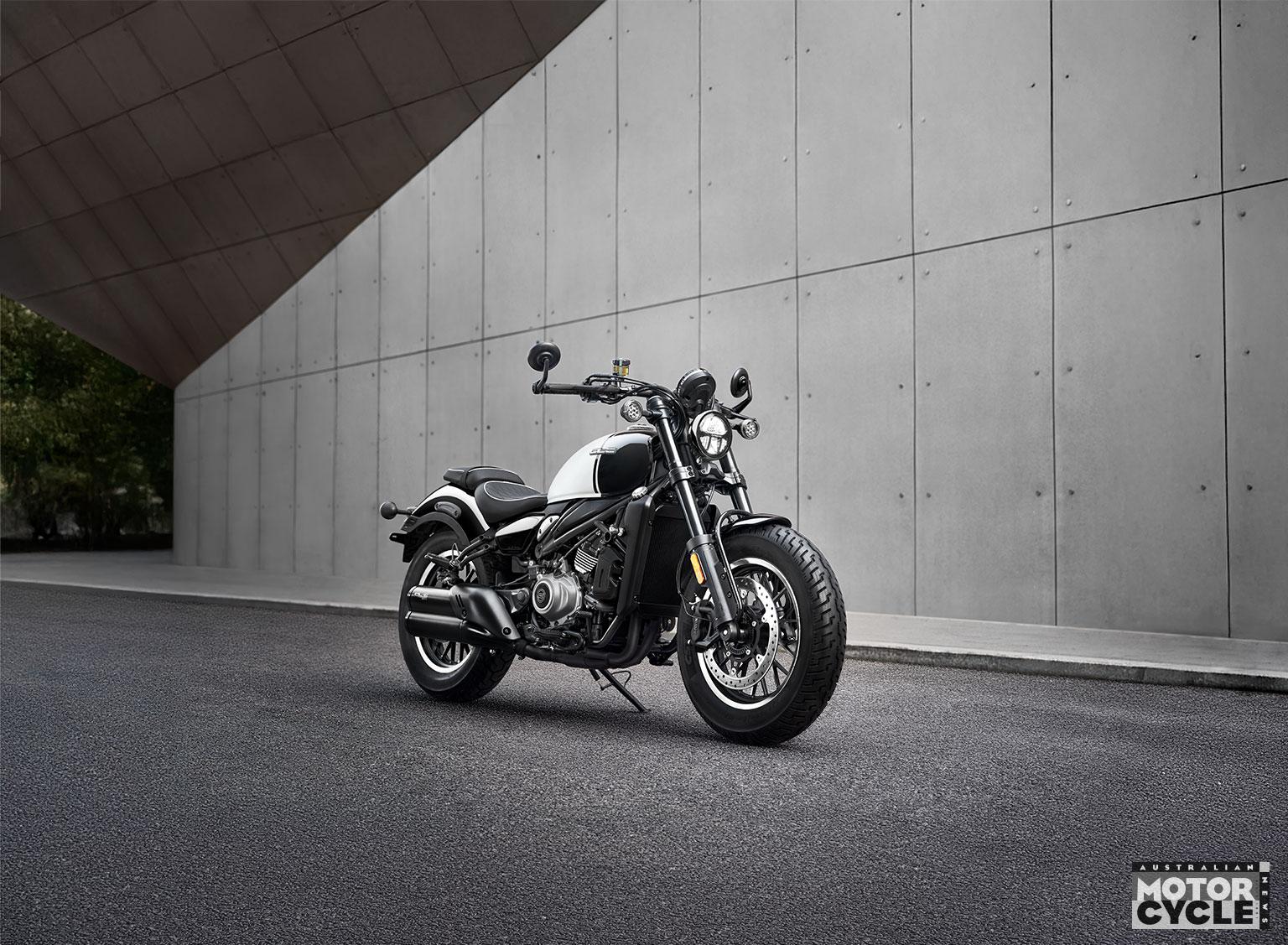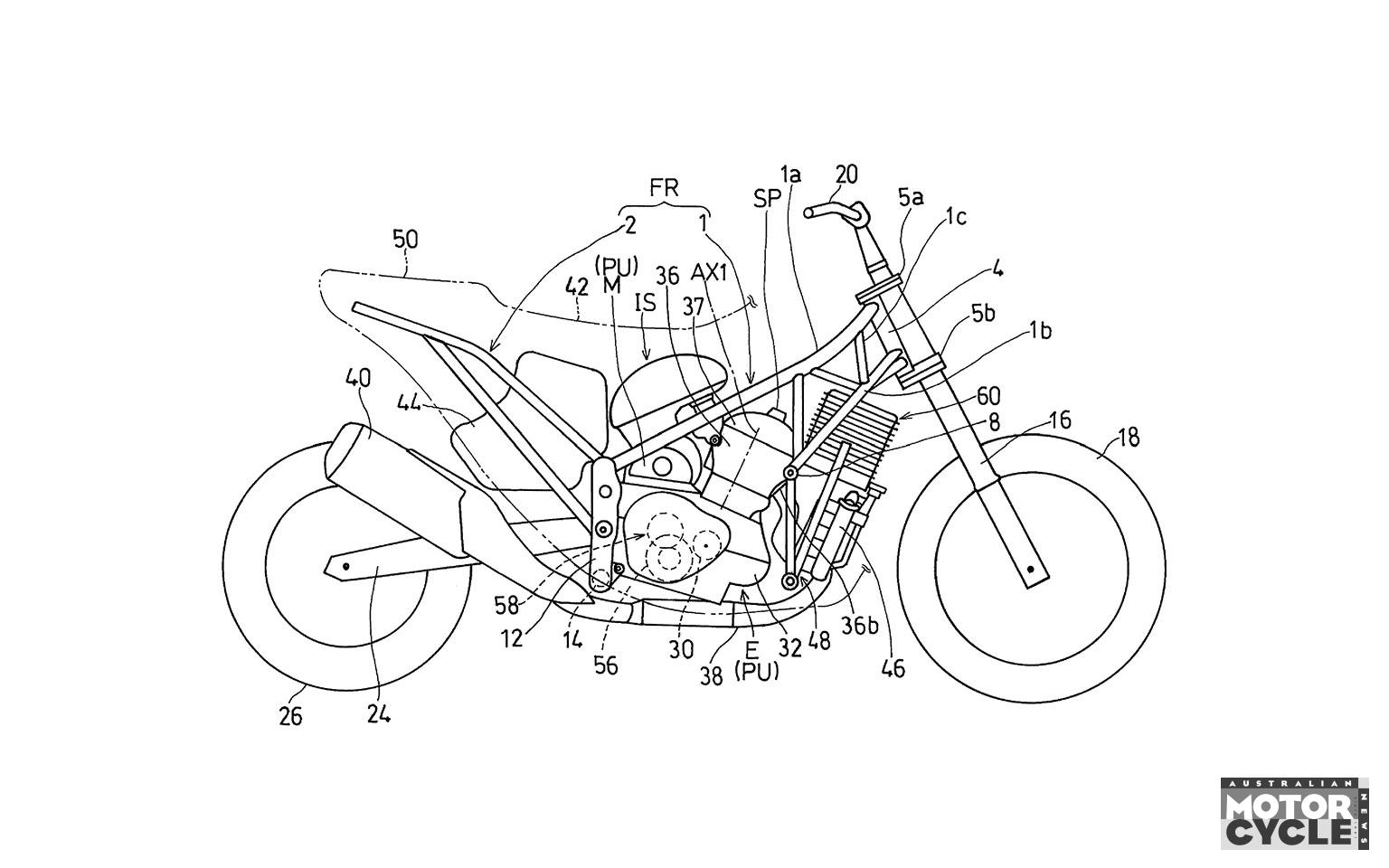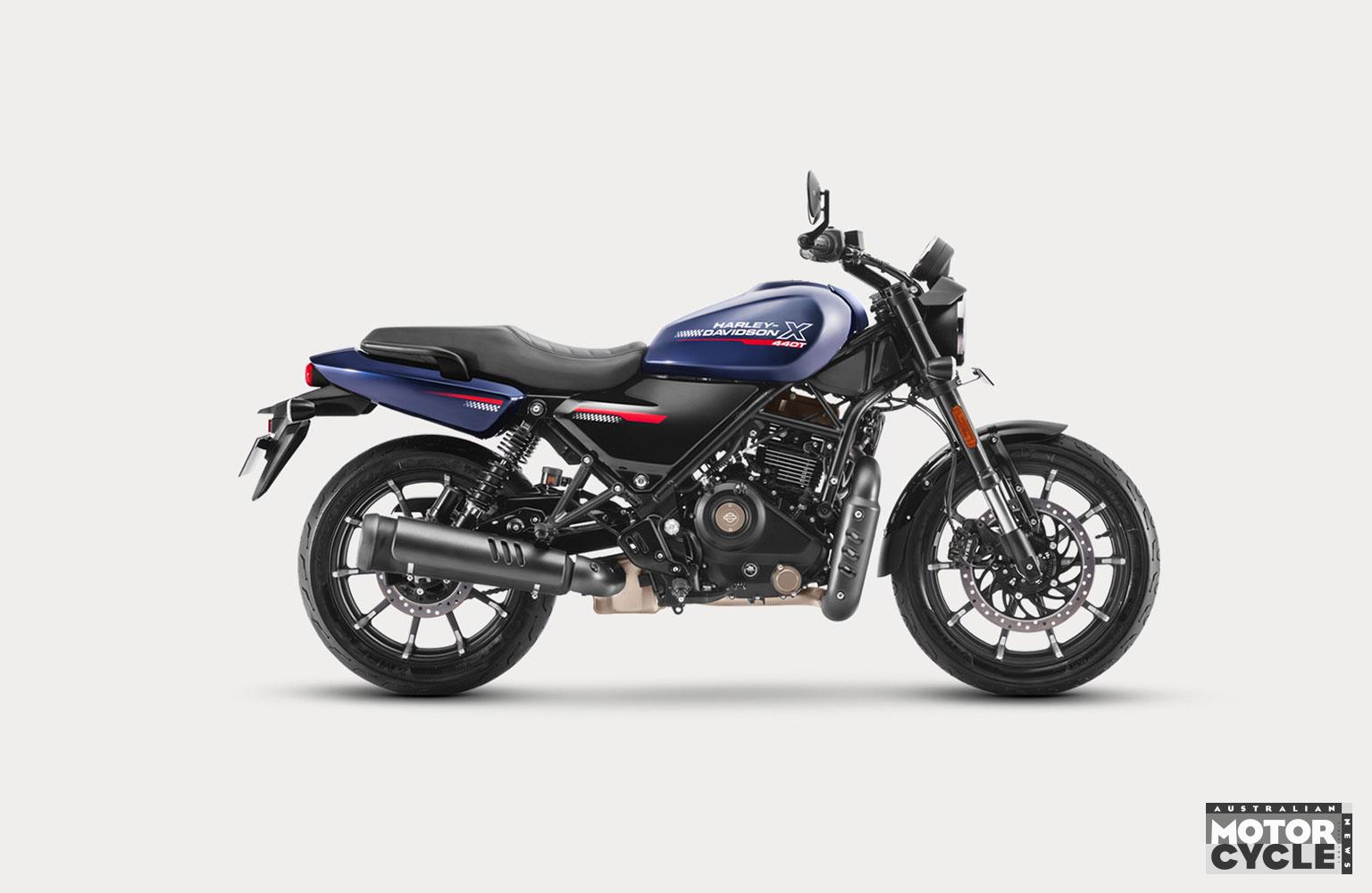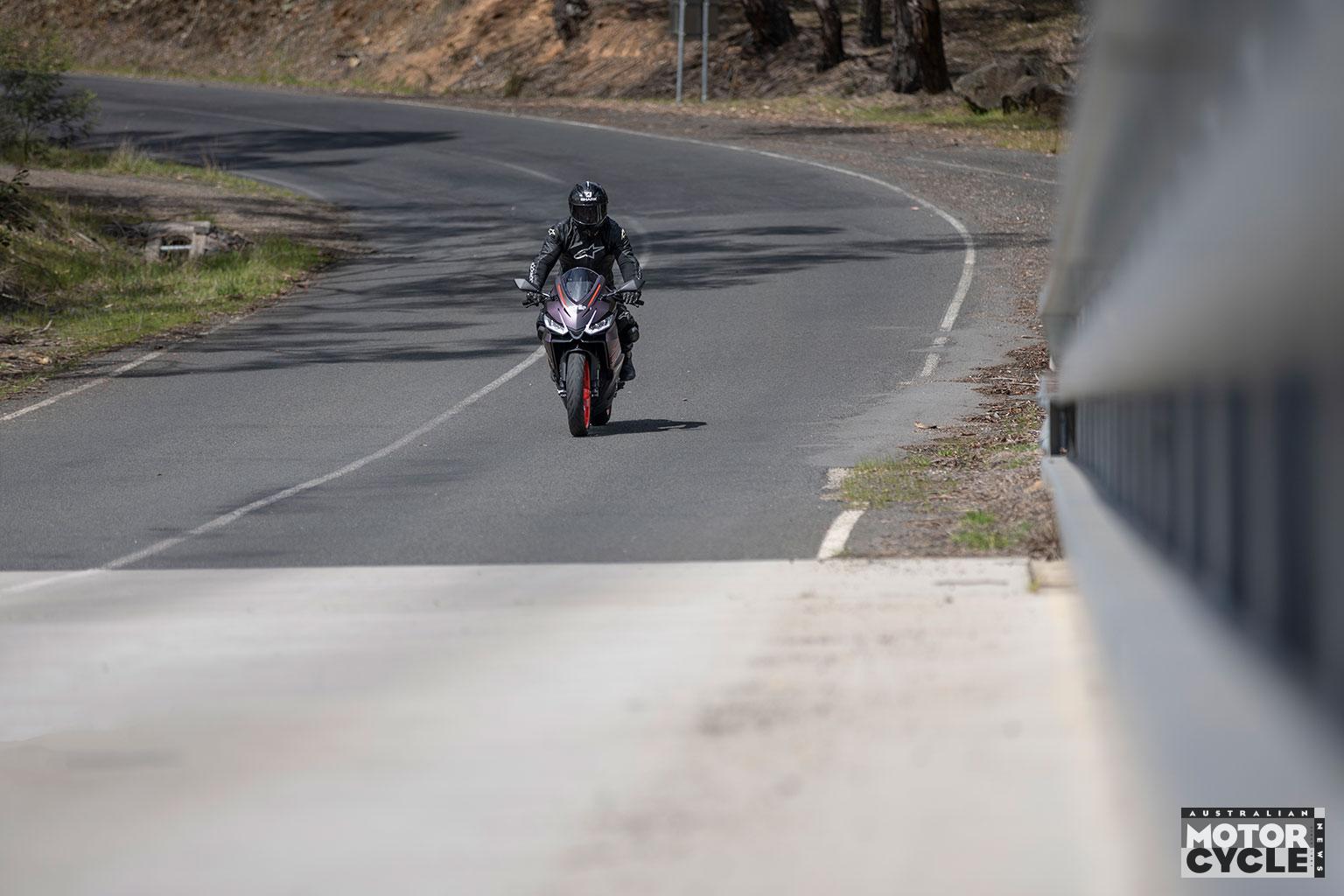NO, DESPITE appearances this isn’t simply Triumph’s Tiger Sport 600 with ‘800’ badges on the tank – it’s a substantially new model that replaces the old Tiger 850 Sport and balance price and performance.
While the main bodywork is borrowed from the Tiger Sport 660, there are new running lights set above the nose intake, extra wind deflectors on each side of the screen, more extensive radiator cowls and a vestigial bellypan to set it aside from the smaller machine.
A side-mounted exhaust instead of the 660’s belly pipe is a clue to the increased breathing demands of the larger engine. Triumph describes the triple as ‘all-new’, but it clearly shares more than a little with the engine used in the Street Triple 765. Not only are the external covers similar, but the 78mm borel. Here it’s paired with a longer 55.7mm stroke for a total capacity of 798cc – unique in Triumph’s three-cylinder range – and results in a peak of 84.6kW (113.5hp)at 10,750rpm and 84Nm at 8500rpm.

That’s around 40 percent more power than the Tiger Sport 660 from only 20 percent more capacity, hinting at a sportier design.
The main frame is tweaked with a wider centre section to accommodate the broader, three-throttle engne intake system, and it’s paired with higher-spec suspension at both ends. The rear monoshock gains rebound damping adjustment, while the Showa 41mm fork is adjustable for both rebound and compression. Improved brakes, with Triumph-branded four-piston radial calipers at the front, are backed by new cornering ABS, courtesy of a six-axis IMU. There’s lean-sensitive traction control and Triumph’s Shift Assist quickshifter is standard.
The extra power sticks the new Tiger into a section of the market where rivals include the likes of Ducati’s Multistrada V2 and Yamaha’s Tracer 9, but the British machine aims to undercut both on price. While cost-cutting might be seen in elements like the instrument panel – amonochrome LCD with a small colour TFT below – Triumph has uprated it to include phone connectivity for calls, music and nav as standard.
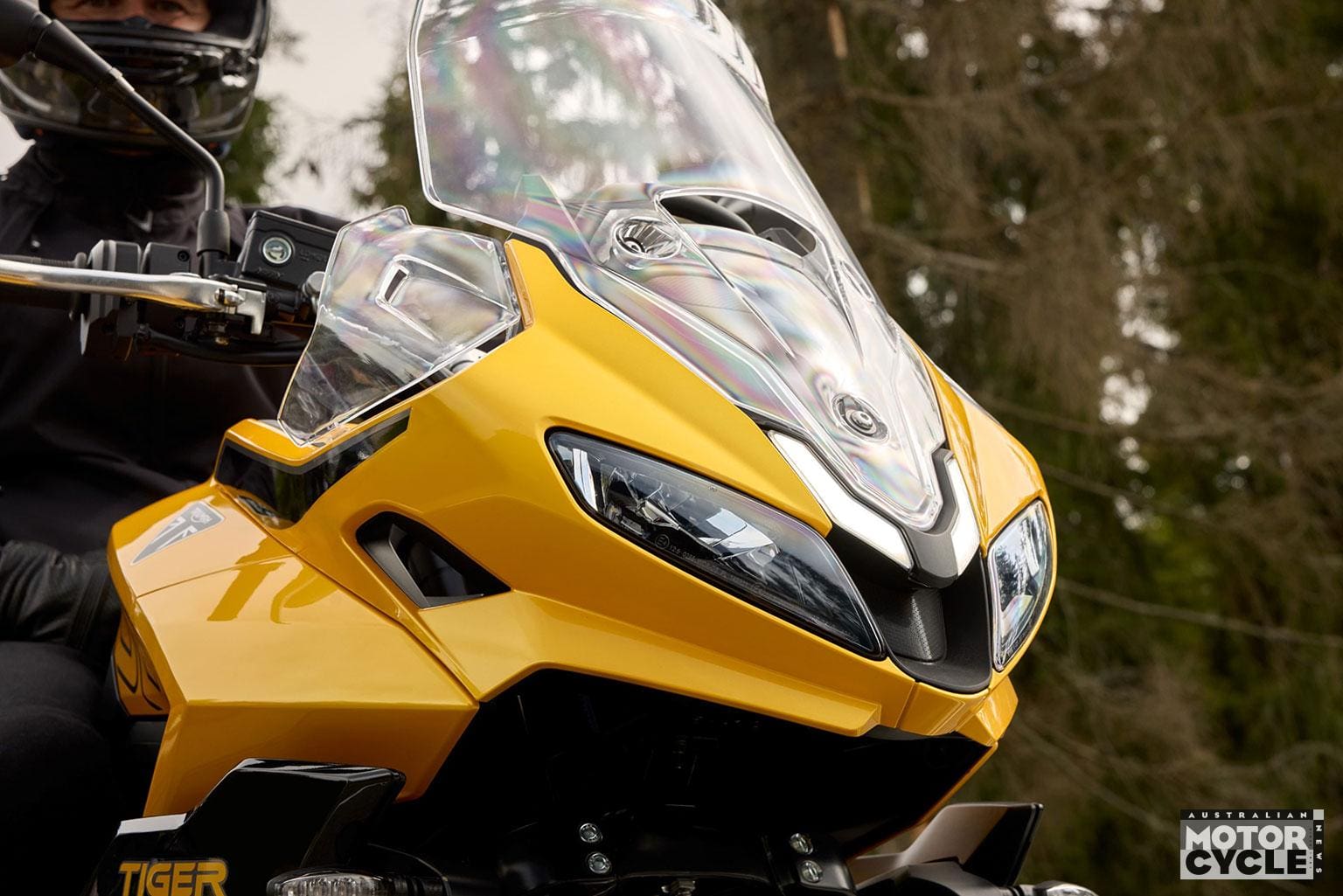
With a relatively low-for-the-class seat height of 835mm and a sensible 214kg wet weight, the Tiger Sport 800 promises to be as easy to handle as the Tiger Sport 660. Paired with 16,000km service intervals and the promise of the lowest workshop servicing times in its class, it could be an understated highlight of the 2025 market.

